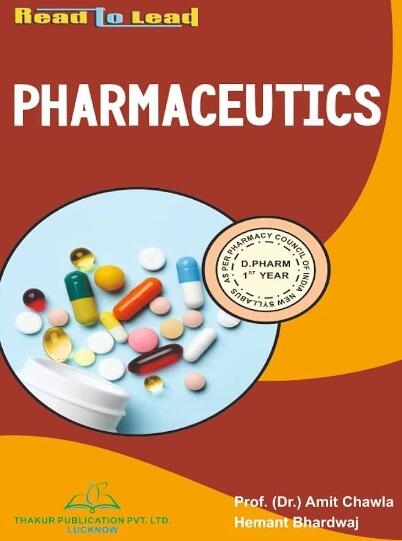Pharmacological Prescription at the End of Life: Quality Assessment in the Transition of Care to a Community Palliative Care Support Team
IF 4.9
3区 医学
Q1 PHARMACOLOGY & PHARMACY
引用次数: 0
Abstract
Appropriate pharmacological management is a cornerstone of quality in palliative care (PC), focusing on comfort and quality of life. Therapeutic review is crucial in PC, aiming to optimize symptom relief, reduce adverse effects, and manage drug interactions. This study aims to delve into the real-world pharmacological prescription practices within a Community Palliative Care Support Team (CPCST) in the northern region of Portugal, comparing practices at admission and at the last consultation before death. It is an observational, cross-sectional, retrospective study without intervention involving patients admitted to a CPCST in 2021. Data were obtained from clinical records, and the statistical analysis included descriptive and inferential measures. Sixty-four patients were included, with an average age of 77.34 years, referred mainly by a specialized Hospital Palliative Care Support Team (65.63%). Polypharmacy was present, with a significant increase in opioids, antipsychotics, prokinetics, antiemetics, antispasmodics, and local corticosteroids, and a reduction in drugs for peptic ulcer and gastroesophageal reflux treatment, antithrombotics, hypolipidemics, antihypertensives, and antidiabetics, among others. The oral route was preferred, decreasing between the two analyzed moments (85.5% versus 49.1%). Pro re nata (PRN) medications increased significantly (p ≤ 0.001). The prescription profile reflects a focus on symptom relief. The deprescription of drugs for chronic comorbidities suggests adaptation to care goals. At the end of life, PRN medications increase significantly (1.34 versus 3.26, p ≤ 0.001), administered as needed to soothe fluctuating symptoms. The pharmacological classes that have significantly increased are relevant in alleviating common symptoms in PC. The use of alternative routes for medication administration increases as instability of the oral route occurs, leading to a reduction in orally administered medications. Among these alternatives, the subcutaneous route shows the largest increase. The findings underscore the importance of flexible and responsive medication strategies in end-of-life care.生命末期的药物处方:向社区姑息关怀支持团队过渡时的质量评估
适当的药物管理是姑息治疗(PC)质量的基石,其重点在于舒适度和生活质量。治疗审查在姑息关怀中至关重要,其目的是优化症状缓解、减少不良反应并管理药物相互作用。本研究旨在深入探讨葡萄牙北部地区社区姑息关怀支持团队(CPCST)的实际药物处方做法,比较入院时和临终前最后一次会诊时的做法。这是一项观察性、横断面、无干预的回顾性研究,涉及 2021 年入住 CPCST 的患者。数据来自临床记录,统计分析包括描述性和推论性测量。研究共纳入64名患者,平均年龄为77.34岁,主要由医院姑息关怀支持专科团队转介(65.63%)。患者使用多种药物,阿片类药物、抗精神病药物、促动力药、止吐药、解痉药和局部皮质类固醇药物显著增加,而消化性溃疡和胃食管反流治疗药物、抗血栓药、降血脂药、降压药和抗糖尿病药等药物有所减少。口服途径是首选,但在两个分析时刻之间有所下降(85.5% 对 49.1%)。临时用药(PRN)显著增加(p ≤ 0.001)。处方概况反映了缓解症状的重点。慢性并发症药物处方的减少表明患者已适应护理目标。在生命末期,PRN 药物明显增加(1.34 对 3.26,p ≤ 0.001),根据需要用药以舒缓波动的症状。明显增加的药物类别与缓解 PC 常见症状有关。随着口服给药途径的不稳定,替代给药途径的使用也在增加,从而导致口服给药的减少。在这些替代途径中,皮下注射途径的增幅最大。研究结果强调了在临终关怀中采取灵活、反应迅速的用药策略的重要性。
本文章由计算机程序翻译,如有差异,请以英文原文为准。
求助全文
约1分钟内获得全文
求助全文
来源期刊

Pharmaceutics
Pharmacology, Toxicology and Pharmaceutics-Pharmaceutical Science
CiteScore
7.90
自引率
11.10%
发文量
2379
审稿时长
16.41 days
期刊介绍:
Pharmaceutics (ISSN 1999-4923) is an open access journal which provides an advanced forum for the science and technology of pharmaceutics and biopharmaceutics. It publishes reviews, regular research papers, communications, and short notes. Covered topics include pharmacokinetics, toxicokinetics, pharmacodynamics, pharmacogenetics and pharmacogenomics, and pharmaceutical formulation. Our aim is to encourage scientists to publish their experimental and theoretical details in as much detail as possible. There is no restriction on the length of the papers. The full experimental details must be provided so that the results can be reproduced.
 求助内容:
求助内容: 应助结果提醒方式:
应助结果提醒方式:


